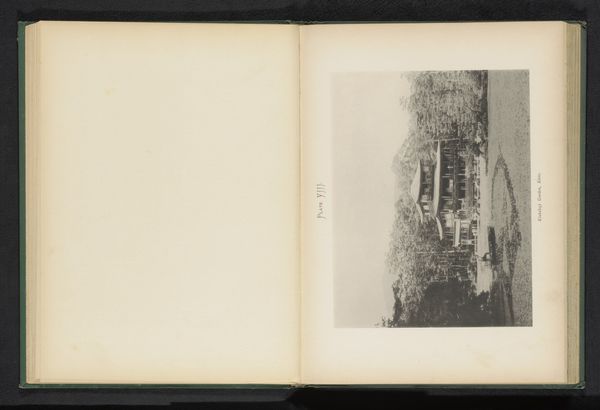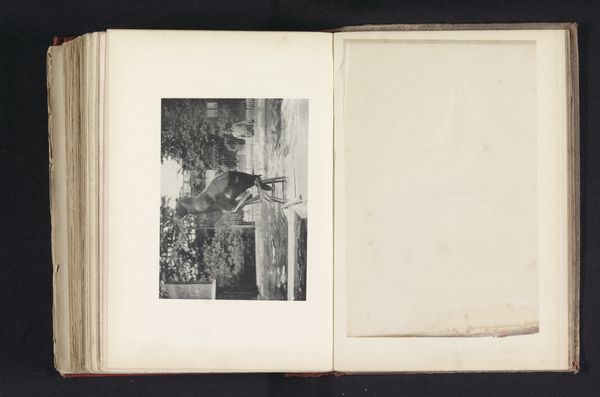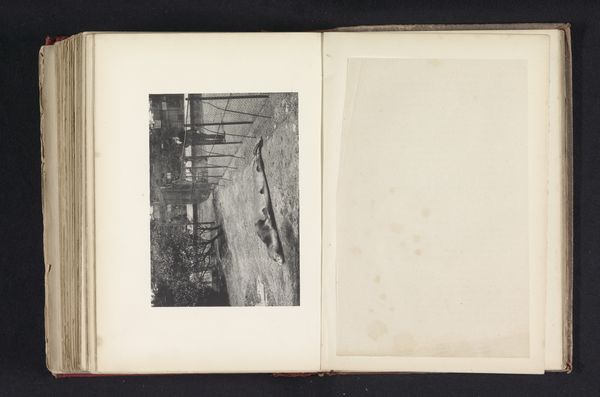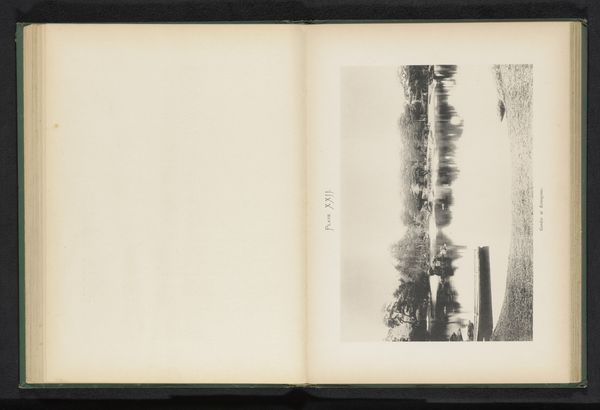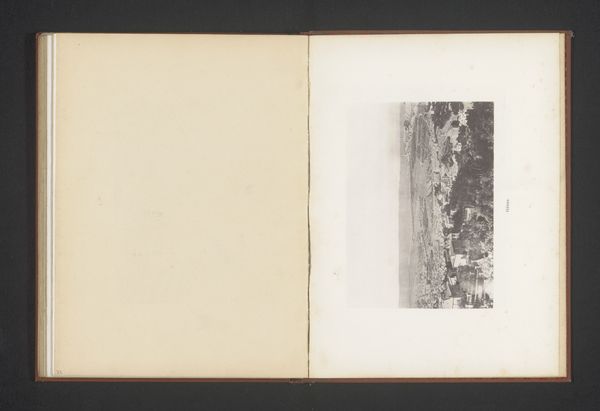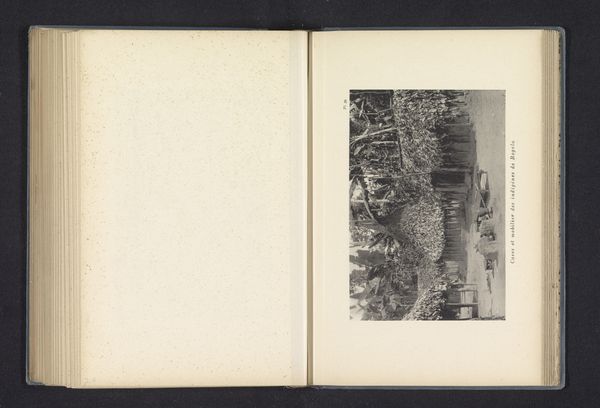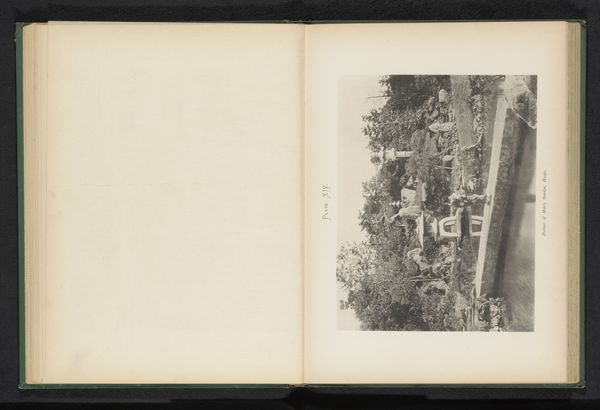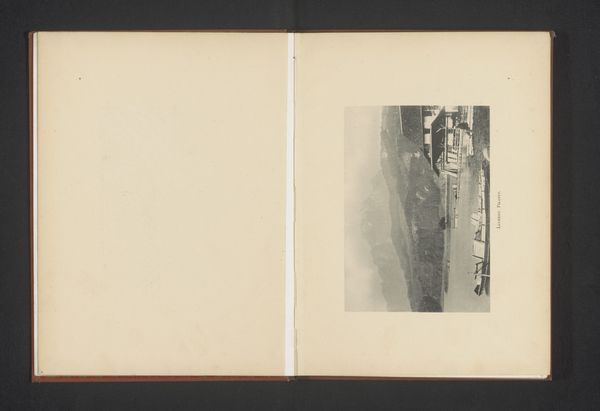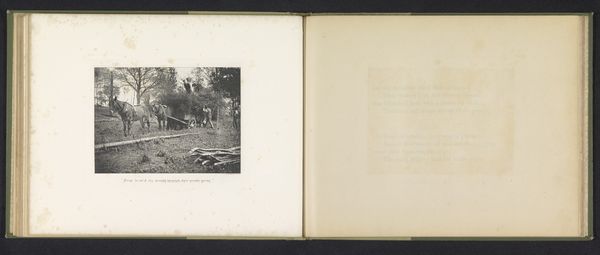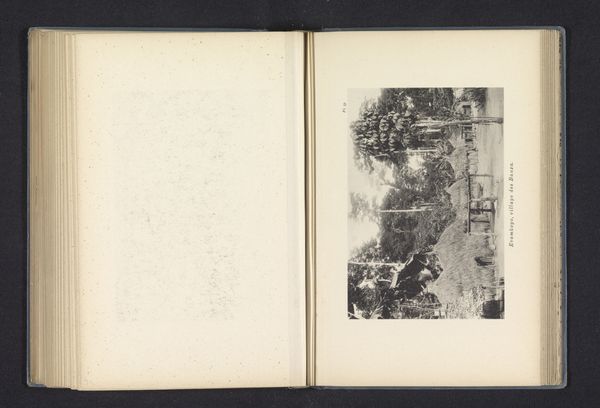
print, photography, inkjet-print, albumen-print
#
garden
#
still-life-photography
#
pale palette
#
ink paper printed
# print
#
asian-art
#
landscape
#
photography
#
inkjet-print
#
orientalism
#
albumen-print
Dimensions: height 196 mm, width 253 mm
Copyright: Rijks Museum: Open Domain
Kazumasa Ogawa made this photograph, "View of a Daimio's Gardens in Kanazawa, Japan," sometime between 1880 and 1920. Ogawa was a pioneer of photography in Japan, and his work offers a fascinating glimpse into the social structures of the time. The image portrays the meticulously crafted gardens of a Daimio, a feudal lord. These gardens were not merely aesthetic spaces, but powerful symbols of wealth, status, and control. The careful arrangement of natural elements reflected the social hierarchy, where every element had its place. What's particularly intriguing is the institutional context of Ogawa's photography. As Japan opened to the West, photography became a tool for documenting and presenting Japanese culture to the world. Was Ogawa's work a celebration of tradition, or did it subtly question these hierarchies? To understand this photo fully, we need to delve into Japan's social and political history. Art historical research, combined with insights from cultural studies, can shed light on the complex power dynamics at play in this seemingly serene image.
Comments
No comments
Be the first to comment and join the conversation on the ultimate creative platform.
